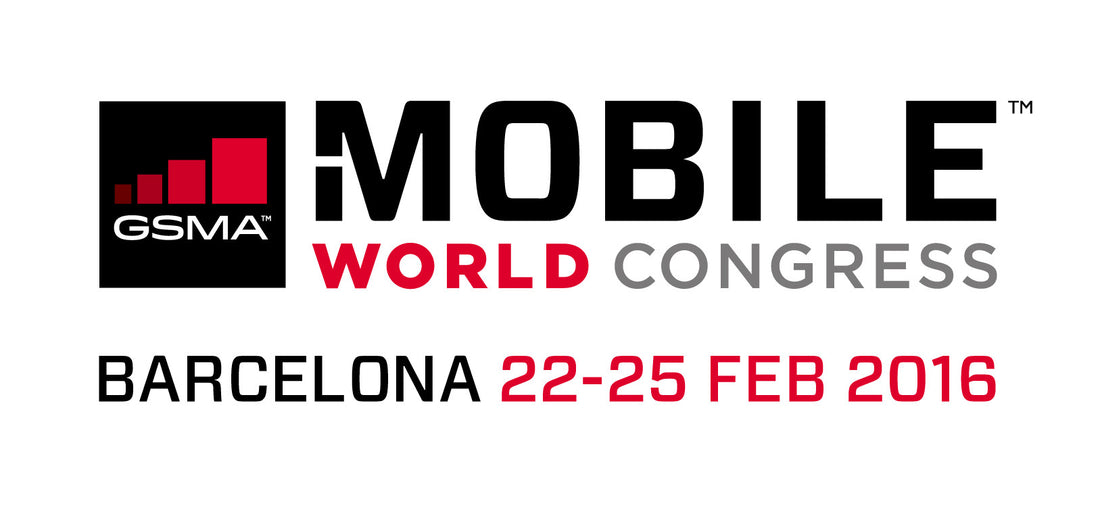These were the biggest themes this year in Barcelona – no big surprises on the topic list, though there were plenty of unexpected twists within each area, many of them concerned with unexpected new alliances (Qualcomm joining the rebranded Open Interconnect Consortium; Facebook luring Deutsche Telekom and SK Telecom into its Telecom Infra Project). In Wireless Watch’s two special MWC editions, published today and on Friday, we distil the essence of each of these big topics from a mass of announcements, debates and hype.
5G:
Inevitably at the center of serious discussions and marketing hype, though lent a touch of reality by the start of the first meeting of the ITU’s IMT-2020 working party, which will specify frameworks and assess candidate technologies and spectrum, around the world in Beijing. In addition to R&D wizardry, there was much discussion of real world use cases, many of them in vertical and Internet of Things markets; and endless permutations of operators, vendors and academic bodies announcing 5G alliances.
Small cells and densification:
Small cells have been on the ‘best of MWC’ list for years now, but in 2016 they are no longer in their own ghetto, but underpinning many of the year’s big architectural themes. Operators are starting to densify their 4G networks in the bid for massive capacity, and small cells are intrinsically connected to several of this year’s bid ideas, including LTE-Unlicensed and true HetNets. A significant uptick in adoption is being driven by the enterprise need for excellent mobile coverage indoors, and will be further increased by the additional of virtualization and multi-operator platforms to the small cell mix.
Virtualization and Mobile Edge Computing:
Rather like 5G, these key architectures made the shift from interesting R&D activities to concrete element of operators’ plans, in most cases a couple of years ahead of 5G, as well as being a key future enabler of the next generation of services. The European stakeholders may be concerned about dwindling influence over core modem standards, but ETSI is asserting huge influence in these higher level frameworks, via its NFV, Mobile Edge Computing and new MANO (management and orchestration) efforts, all of them creating a common platform for the most important new approaches to mobile networking.
Facebook and Google:
The two web giants had a very high profile in Barcelona, and while some of their activities mirror one another – like last year, there was plenty of talk of drones and balloons – they are certainly not forgetting that they are engaged in a bitter head-to-head, to drive the next generation of the web experience, which will be predominantly wireless. Epitomizing this fight was Google’s endorsement of RCS (Rich Communications Services), the GSMA’s ailing attempt to defend operators’ voice and messaging businesses against over-the-top alternatives like Facebook’s WhatsApp and Messenger; and Facebook’s Telecoms Infra Project (TIP), which seeks to bring open source and hyperscale technologies into the telecoms networks, not just the data center, to shake up operator economics.
Unlicensed spectrum:
While there was plenty of analysis of the decisions of November’s World Radio Conference about 4G and potential 5G spectrum, there was also a heavy emphasis on integrating unlicensed frequencies into the carriers’ mix, as well as adopting new, flexible licensing schemes such as dynamic spectrum access. The expansion of the Qualcomm-led MuLTEFire Alliance and the imminent trials of LTE-Unlicensed set the scene, and the US’s 3.5 GHz scheme was also under the spotlight.
Internet of Things:
Since the many manifestations of the IoT are the biggest hope, for most of the mobile industry, that revenues and profits can continue to grow in future, it was unsurprising that MWC was a show about connected objects, not smartphones (despite the high profile launch of the Samsung Galaxy S7 and the LG G5). There was a real attempt to relate IoT technologies to real business models, and an improved presence for the vertical industries which will work with – or compete with – the MNOs to drive the new services. Connected and driverless cars grabbed center stage as usual, but there were many other aspects to the IoT-fest, from smart factories and Industry 4.0 frameworks; to an unexpected rapprochement between Intel and Qualcomm in the relaunched Open Connectivity Foundation. And in the home of the GSMA community, there was a starring role for the upcoming 3GPP standards for low power wide area networks (LPWANs) – NB-IoT and LTE Category-M – as they embarked on the quest to fend off unlicensed spectrum challengers.

